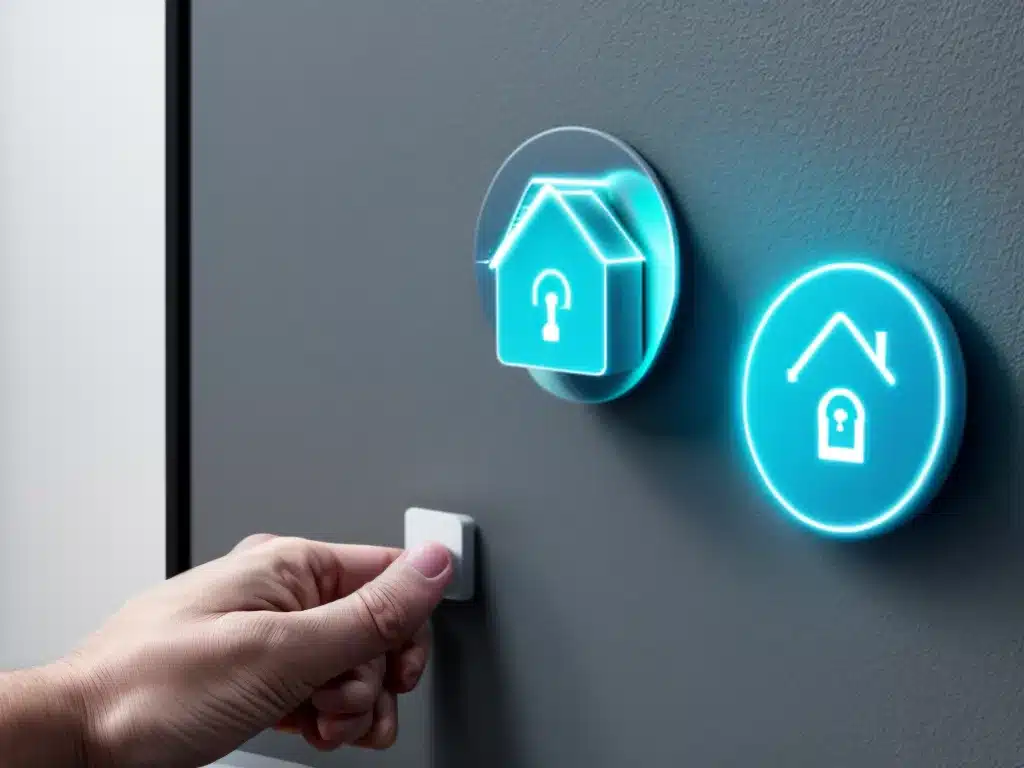
IoT Home Security: Going Beyond Cameras and Sensors
Introduction
Home security has come a long way since the days of installing a few motion sensor lights and camera monitors around your property. The rise of the Internet of Things (IoT) has led to a new wave of smart home security devices and systems that offer advanced protection through network connectivity and automation. As a homeowner interested in maximizing safety and peace of mind, it’s important to understand the capabilities and limitations of modern IoT security options. In this article, I’ll provide an in-depth look at how today’s systems operate and what to consider when choosing an IoT security setup.
Enhanced Detection and Alerts
One of the biggest advantages of an IoT security system is the ability to connect multiple detection devices and sensors to provide comprehensive monitoring of your home. Rather than relying on a few isolated cameras and motion detectors, IoT systems can incorporate:
- Smart door and window sensors – Detect opened entry points in real time
- Glass break detectors – Listen for the sound frequency of shattered glass
- Motion sensors – Monitor movement in high-traffic areas
- Environmental sensors – Detect smoke, carbon monoxide, temperature/humidity changes
- Smart locks – Unlock doors remotely via smartphone
With all of these IoT sensors linked and actively communicating, the system can analyze data in real time to determine if an actual threat is present and send customized alerts to your smartphone. For example, a motion alert would hold less weight than a smoke detector alarm paired with window access detection. This contextual analysis helps remove false alarms and highlights the most urgent threats.
Automated Responses and Remote Control
Beyond alerting users about security events, many IoT systems also enable automated responses to detected threats. This provides a more proactive layer of protection without requiring direct user input in the moment. Some examples include:
-
Smart lighting – Flood lights can activate automatically in response to motion outside or window entry detection. This scares off intruders.
-
Smart locks – Doors can automatically lock when the system is armed and unlock when disarmed via smartphone. No need to manually lock up.
-
Smart speakers – Devices like Amazon Alexa can playback pre-recorded warning messages to intruders when specific threats are detected.
-
Video/audio warnings – Two-way camera and speaker systems allow users to remotely yell at intruders.
These automated layers act as an immediate first line of defense while you receive alerts. IoT integration also enables easy remote control of your security system from a smartphone, no matter where you are. I can arm or disarm my system, view live camera feeds, lock doors, and override automation rules if needed.
Considerations for an IoT Security System
While the benefits are substantial, IoT security still requires some careful evaluation before implementation:
-
Installation complexity – With so many sensors and integrations, installation is more involved than basic systems. Professional installation is recommended.
-
Hub requirements – Most IoT systems require a central hub to coordinate all devices and connectivity. Hubs must be kept secure.
-
Power needs – Many IoT sensors are battery powered. Recharging and replacing batteries can be tedious.
-
WiFi connectivity issues – Like any WiFi gadget, connection drops can occur. Backup cellular radios are recommended.
-
Cybersecurity risks – Any connected system faces hacking risks. Strong passwords and data encryption are a must.
Final Thoughts on Adopting IoT
The connectivity and automation afforded by IoT devices have made home security smarter and more comprehensive than ever before. With thorough evaluation of the technology and providers, the benefits clearly outweigh the limitations. As IoT platforms mature, capabilities will only expand further while remaining user-friendly. For both safety and convenience, the future is certainly in embracing AI-driven smart home security systems. Just be sure to do diligent research to find the right fit.












